Highly independent and quick, this breed is dubbed the "Little Captain"

Schipperke Spotlight
- Stubborn, adventurous and independent
- Region-specific coat lengths are a distinction of the breed
- Originally developed in Belgium
- Nicknamed “Little Captain” or “Little Skipper”
- Keen watch dogs
- Difficult to train
- Facial features are similar to those of a fox
- Keen watch dogs
History
The Schipperke was originally bred down from a much larger breed of sheep dog called the Leuvenaar. It hails from northern Belgium its name translates to “little shepherd” in nearby regions. Like the Leuvenaar, the Schipperke’s original purpose was to herd livestock, hunt and guard its owner’s territory.
The breed was especially useful in hunting rats on canal barges and was affectionately nicknamed “Little Captain” or “Little Skipper.” In addition to boat captains, Schipperkes were also associated with shoemakers, craftsmen and other working people. The Schipperke was a popular breed of choice in Belgium by the end of the 19th century. Before the breed was officially called the Schipperke, many referred to the little working dogs as the Spits or Spitske because of their pointed ears.
Schipperkes are often associated with World War II when they were used as messengers. This non-sporting breed arrived in the United States at the end of the 19th century and was officially recognized by the American Kennel Club in 1904. It is relatively low in popularity today and ranks 113th on the AKC’s most popular dog breed list.
Personality & Temperament
Schipperkes are known to be mischievous and highly independent. They can be quite a handful and are difficult to train, so they are not always recommended for first-time dog owners. It is especially challenging to house train a Schipperke and owners should be prepared to spend a lot of time working on this area.
They require a firm, confident hand and the owner should always make it clear that they are the boss, as Schipperkes often like to think that they are in fact in charge. If left unsupervised for too long these curious dogs will likely get themselves into some sort of trouble. They love their families and frequently show affection but they are more likely to roam off on their own adventures than to follow their owners around.
Schipperkes tend to display excessive barking and other undesirable traits but these can be corrected with proper training. They make excellent watchdogs and will most certainly alert their owner if someone is at the door or if there is a strange noise outside.
Bored Schipperkes can easily become destructive Schipperkes so those who lead busy lives and are on the go more than they are at home may want to consider other breeds. Owners should be especially careful when going in or out of the door, as Schipperkes are known to dash outside in the blink of an eye and their stubborn nature can make them difficult to retrieve.
Appearance & Grooming
The small Schipperke is athletic and with an upward-arching neck and small triangular ears that point directly upward. The breed is almost always black and has a distinct ruff of hair surrounding its neck. The Schipperke’s face is fox-like and it has a small black nose and small, almond-shaped eyes that should always be dark brown.
The broad chest is low-set and extends down to the dog’s elbows. The coat is different lengths in different areas which is what gives the Schipperke its distinct look. The coat on is short on the head but long where the ruff around the neck exists.
The Schipperke’s double coat should be brushed regularly to remove any excess hair. They shed a small amount but owners should be prepared for the coat to “blow” a few times each year, which results in a sudden yet short-lived increase in shedding. They will only need to be bathed as needed, but their nails, teeth and ears will require regular attention.
Health
- Hypothyroidism is commonly observed in Schipperkes. The condition that results in the thyroid’s insufficient production of the T3 and T4 hormones. Symptoms include increased shedding, weakness, exhaustion, lack of interest in physical activity and weight gain. It typically appears when a dog has reached middle age and is more prevalent in male and female dogs that have been fixed.
- Epilepsy is observed in Schipperkes at a somewhat frequent rate. It causes the dog to have multiple recurring seizures and can be caused by a myriad of factors, including unbalanced glucose levels, infections and disorders within the kidney or liver.
- Legg-Calves-Perthes disease or LCPD is not uncommon in Silky Terriers. It occurs during a dog’s developmental phase and affects the bones and joints in the leg. If a dog has LCPD, the bone in will begin to die and the dog will likely contract arthritis. LCPD is typically observed in dogs who are less than one year of age and is not more common in one sex than the other. Signs that a dog is experiencing LCPD include difficulty getting around and a preference for using one leg more than the other.
- Progressive retinal atrophy (PRA) is a cluster of diseases that impact the retina. The diseases cause the cells in the retina, which is located in the rear portion of the eye, to become abnormal. Most cases of PRA result in a complete loss of vision. This group of diseases is genetic, meaning they it is passed down, so not all Poodles are at risk. Veterinarians recommend that breeding dogs receive annual eye exams to determine if they are carriers of the gene associated with PRA. When selecting your Schipperke, be sure to work with a responsible breeder who tests for these abnormalities and is honest about the dog’s health backgrounds.
Exercise & Care
The Schipperke has an endless abundance of energy and makes an excellent companion for active people. Daily jogs or extended walks are recommended to keep your Schipperke healthy and decrease the chances of behavioral issues. Schipperkes love to run and adventure, so owners who live in apartments or homes without enclosed yards should make it a point to take their dogs to parks or other areas where their dogs can safely roam off-leash.
Each individual dog will have varying nutritional needs so be sure to work closely with your breeder and veterinarian to determine a feeding routine and a type of food that works best for your Schipperke.
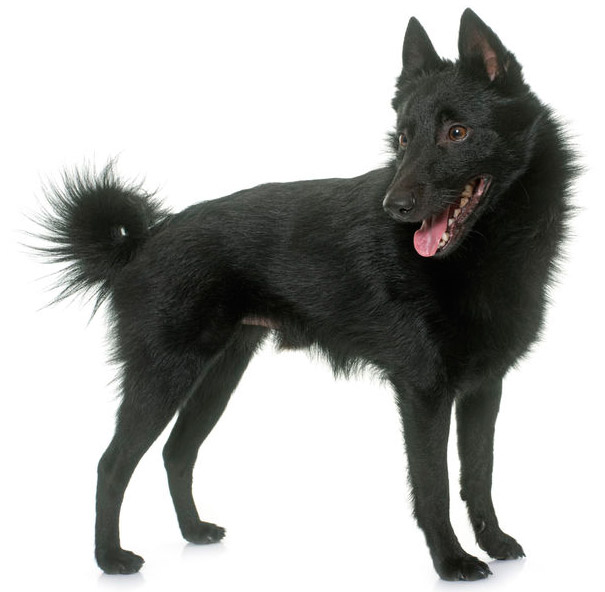
 Belgium
Belgium

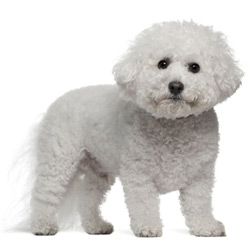
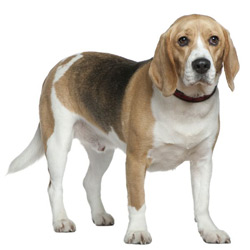
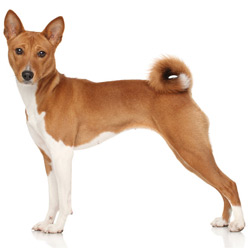
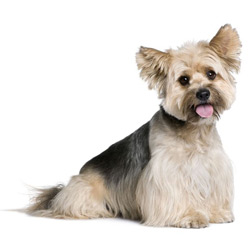
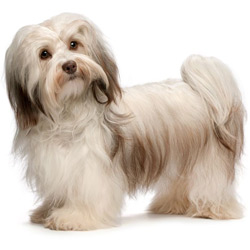
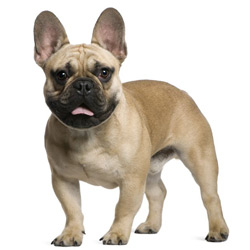
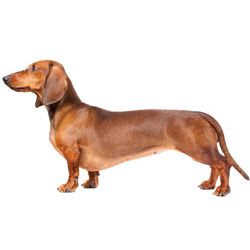
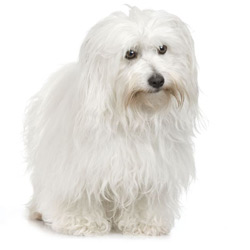
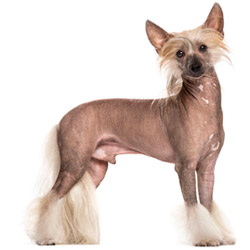
What do you think?